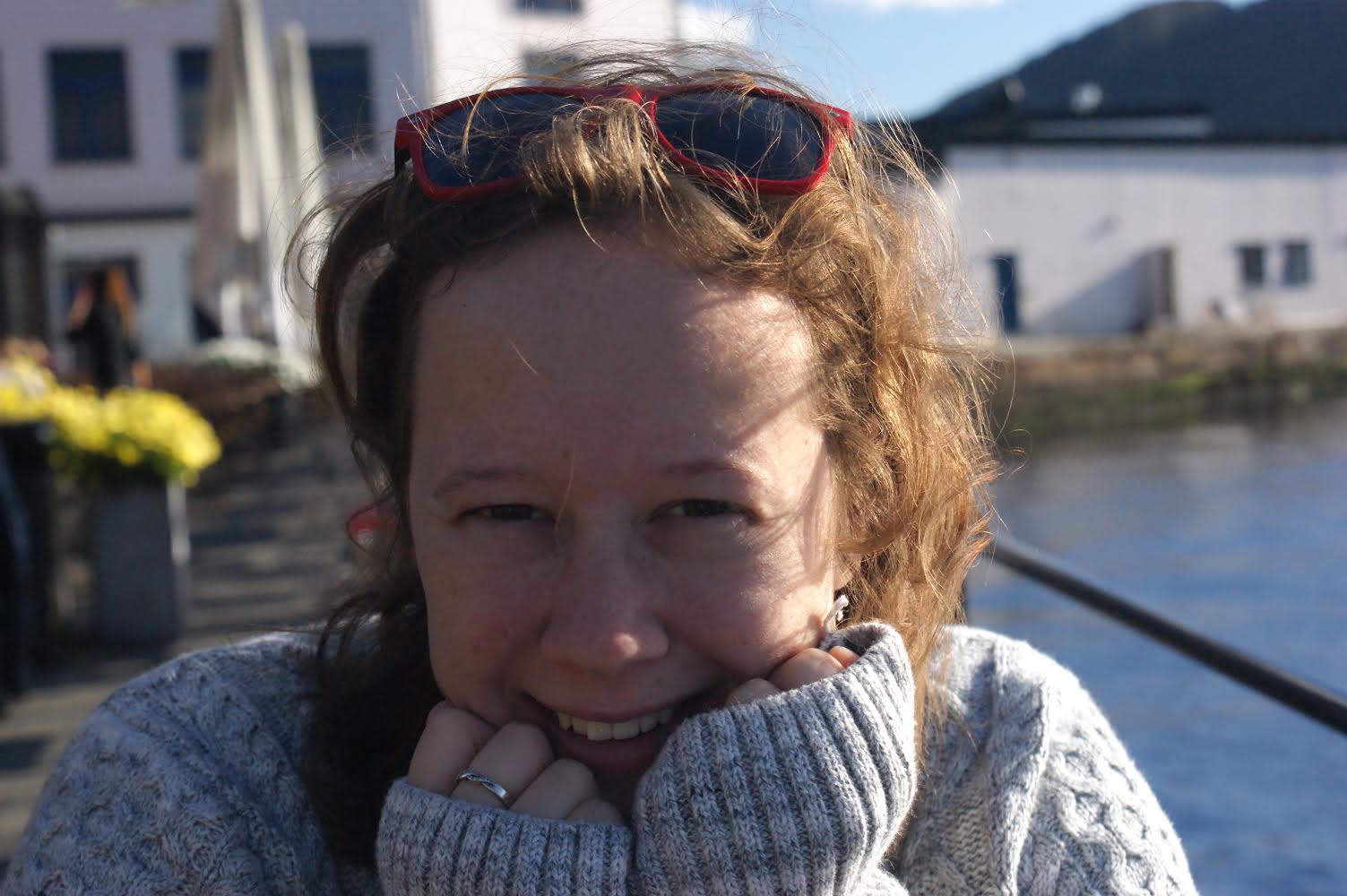About me
I am a first generation academic who was introduced to the nomadic lifestyle before I could even write full sentences. I’ve grown up in three different countries (Belgium, The USA, and New Zealand), and have since also lived in Norway and Austria. After finishing high school in sunny Nelson, NZ, I moved down to Dunedin and The University of Otago to pursue a Bachelor of Science majoring in Genetics. Along the way, I also studied some Psychology, Portuguese, Zoology, and Biochemistry. Then I moved to Norway for about a year and a half, did my PhD in Austria at the University of Innsbruck, a Postdoc at the University of Uppsala in Sweden, and now I am working in sunny Nelson, New Zealand.
Research interests
My main research interest has always been evolution; why do we see so many weird, beautiful forms of life on our planet? There are lots of ways to look at evolution, from morphology (how things look) to ecology (where things live and how they interact), but I was always captivated by genetics, or what’s in the DNA that makes things the way they are and how does this change to affect morphology and evology? My first research projects looked at how genetics and development of animals interact to produce the diversity of life we see today.
Then, I kind of shifted gear with my research focus, but the main questions are still related to evolution and can still tell us a lot about our own biology. The species I did my PhD on has some pretty big variations in genome size. This means that different individuals have very different amounts of DNA to each other, which is really weird for a single species of animal. But, if we look across the whole tree of life, genome size varies A LOT. We know now that this is mostly due to “non-coding” DNA, or DNA that isn’t in a gene, or makes a protein that the cells ultimately use. Some of this DNA has been shown to do things like regulate genes, but we still don’t know what the vast majority of non-coding DNA does, if anything. Hopefully, by helping understand the causes of these changes in genome size in a single species, my work can help others learn a little bit more about what non-coding DNA does or contributes to a creature!
Through my PhD, I ran into a lot of strange features of the genome (from transposons, to variations in GC content and how this can complicate analyses, to B chromosomes), and my current work follows on from that. My recent and current projects involve trying to understand the roles that tranposons play in a fungal genome and how they might regulate gene expression, understanding odd features of bird genomes (like microchromosomes and secondary DNA structure), analysing the genomes of parasitic nematodes, and now integrating a lot of what I’ve learned into applying genomics to aquaculture. I’m sure these varied projects will keep me busy and produce some interesting papers in the near future!
